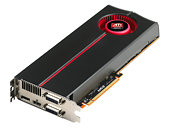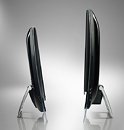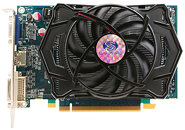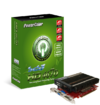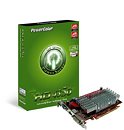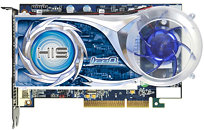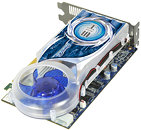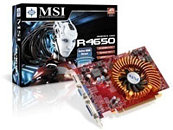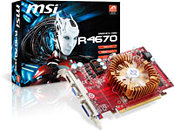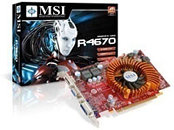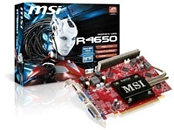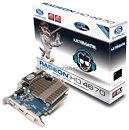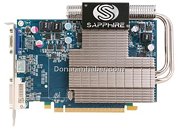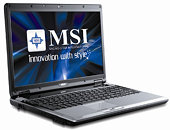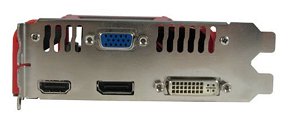
AMD Scores Key Design Win on Apple Products, New iMac & Mac Pro Powered by ATI Radeon
AMD announced that Apple has selected the world renowned ATI Radeon graphics solutions for the new line of Apple iMac and Mac Pro tower. Now featured in Apple Stores as well as online retail, ATI Radeon graphics offer outstanding power and performance as the standard configuration for the new iMac and Mac Pro tower which will hit store shelves soon.
"Apple buyers demand the best, and AMD's award-winning ATI Radeon graphics enable exceptional visual experiences for iMac users," said Matt Skynner, corporate vice- president and general manager, GPU division, AMD. "AMD has conducted extensive testing and research to create superior graphics products for the iMac. This research is designed to dramatically enhance the Mac-user experience so that Apple users can enjoy responsive performance and play the newest games."
"Apple buyers demand the best, and AMD's award-winning ATI Radeon graphics enable exceptional visual experiences for iMac users," said Matt Skynner, corporate vice- president and general manager, GPU division, AMD. "AMD has conducted extensive testing and research to create superior graphics products for the iMac. This research is designed to dramatically enhance the Mac-user experience so that Apple users can enjoy responsive performance and play the newest games."
